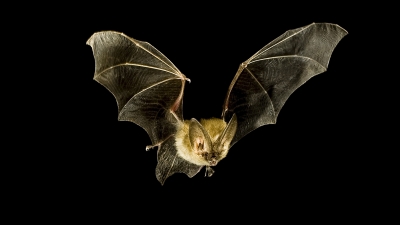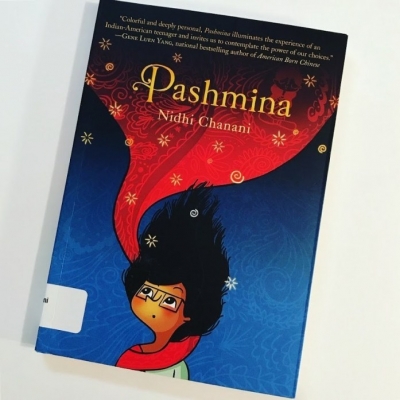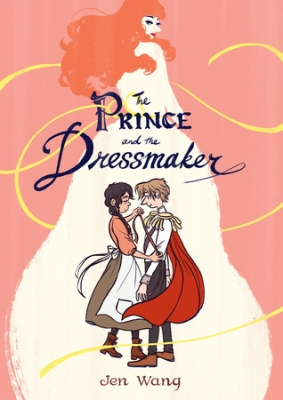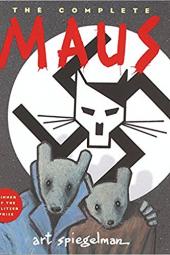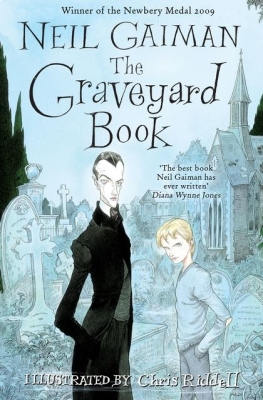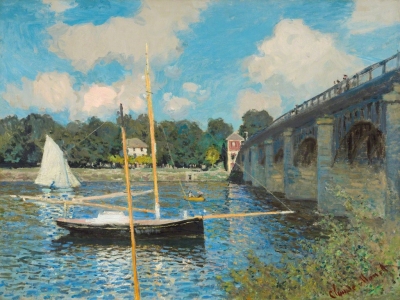
How do we write a descriptive essay, asked the students? Here are some pointers. First, think of the "Why?" What will your essay tell your readers? Your descriptive essay should create a verbal, picture of the thing/place/event/feeling you wish to write about. It should get your reader engaged, in the sight, sound, touch, taste and, smell of the place/event you describe. Your essay is a success if you can get your reader to visualise your words of description. You need to show - not tell the reader the beauty of your subject by illustrating it.
Be sure of the topic.
If the question paper says, "Describe a place you, visited," make your decision. Which place will this be? Take one (it is "place", not "places") and recall everything you noticed while you were there. What did it took like? How big was it? What was remarkable about the place? What were the people like? The shops? Monuments? What experiences in the place left a deep impression on you?
Form an introductory paragraph.
Start with a bit of drama. Create a scene that will hook your reader at once. It can be something like, "My encounter with the city turned out to be a tourist’s nightmare." Tell the reader what happened and then go on to say how you warmed up to the place.
If you are writing about a person, put in some drama the way you met him/her. Or describe an incident in his/her life that impressed you. See that the introductory paragraph sets the tone for the rest of the essay. Tell the reader what the subject of the essay is dearly.
Create a roadmap
The next step is to write a thesis statement. This is a single idea that will dominate the essay. Writing a thesis statement helps to focus your thoughts on the topic. It emphasises the purpose of the essay and streamlines the way the information conveyed to the readers. The thesis statement forms the roadmap of the essay. It could be something like, 'This popular seaside city attracts millions of visitors all year; I wondered what it would offer me by way of memories."
Get to work!
One way to write the description is to follow the spatial order. Write what you see to your right, left, in front. What can you see above? "From where I sat, I could see the spire of the church to my right and a row of pretty houses to the left."
Idea 2: Draw five labelled columns on a sheet of paper, each one headlined by one of the five senses - the taste, sight, touch, smell and sound of your topic. Write the feelings you associate with the topic in the appropriate column. These sensory details wilt help you with material to fill up the essay. Make your description"spicy" and interesting. “I walked following the heady aroma of strong coffee and reached a small chocolate shop that had a bubbling outdoor chocolate fountain."
When to start:
Once you have the information, start to write. See that all your sentences support the main thesis statement. You write just one essay at a time. So do not deviate from the topic. Flesh out your paragraphs with interesting (and funny!) descriptions. "Where is the coffee smell from , I wondered, till I realised the fountain was pouring out coffee-scented chocolate. This is a coffee chocolate city!"
Set your paragraphs.
Let each paragraph describe one aspect of the city. You can start with a brief history, and go on with the different sensations that you experienced, in the following paragraphs. Use the standard five-paragraph format. Use the Compare-contrast tool in your description. Which place did this city remind you of? How can it be compared to the city that you come from? Mix long and short sentences judiciously.
Conclude with a flourish.
“Cannot believe a week has passed, since I set foot here!" "It is already time to leave!" Them make a brief summary of what you, have written so far. XYZ is a city of clean beaches, wonderful promenades, historical monuments, calm and serene by lanes, houses with window-boxes of flowers..." Remember, what people read last is what they remember most!
Wrap it up!
See if your essay meets the requirements of the word limit. If it is too short, add your feelings about the object. Write a "clincher" sentence. "As I board the flight out of this city, what souvenirs do I carry with me? Sure, some were bought at shops. But the ones that will stay with me are the memories of the wonderful hospitality of the people, the Lovely beach, the food and the quaint atmosphere that is so welcoming. I know I will come back here."
If it overshoots the word-Limit cut out the clichés — phrases that mean nothing, like "as you know", "I think", "I feel", "as mentioned before". Write direct sentences; avoid the passive voice. React, the essay carefully. Check for any grammar, punctuation or spelling errors. Turning in the essay with mistakes shows carelessness and lack of pride in your work. If you find sentences that are not particularly descriptive, rewrite them before proofreading. React the essay aloud to see if the sentences flow naturally. Reacting it to a friend or a helpful relative will also help.
Picture Credit : Google
